Stamping and cutting is an essential industrial technique that enables the transformation of materials into precision parts. This process, often used in the automotive and aerospace industries, combines two processes: cutting and stamping. In this article, we will explore in depth the cutting techniques, their applications, and the advantages they offer.
This manufacturing method uses dies and punches to cut and shape parts from metal sheets. This process is extremely precise and allows the production of large series of parts with consistent quality. The main steps include cutting, where the basic shape is cut, and stamping, where the part is formed into its final shape.
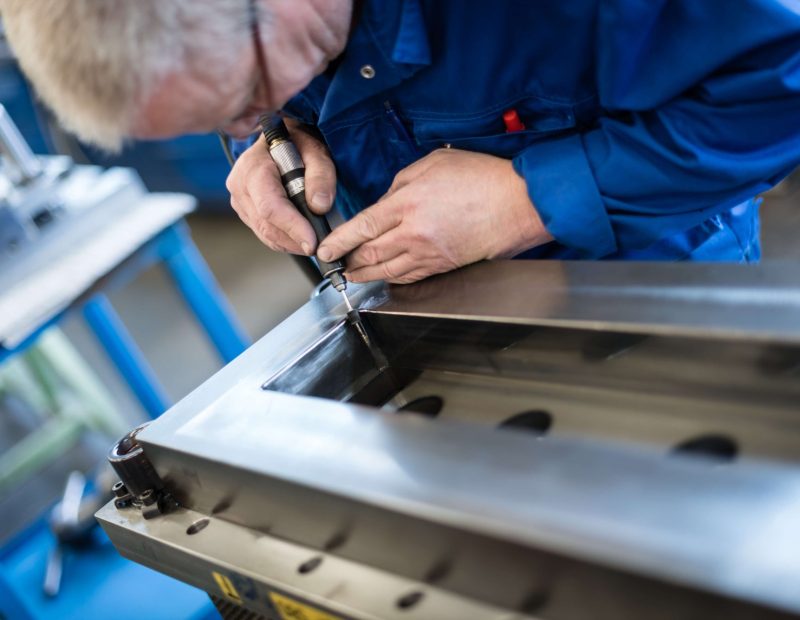
Cutting Techniques
Shearing
Shearing is one of the most common methods. It uses blades to cut the metal cleanly and precisely. This technique is particularly useful for large parts where extreme precision is not required.
Laser Cutting
Laser cutting is a modern technique that uses a laser beam to cut metal with extreme precision. This process is ideal for thin and complex materials, offering increased flexibility and efficiency. Laser cutting also minimizes waste and improves the quality of cut edges.
For more information, visit our dedicated page on stamping and cutting.
Water Jet Cutting
Water jet cutting uses high-pressure water mixed with abrasives to cut materials. This method is advantageous for heat-sensitive materials because it does not involve excessive heat that could deform the part. Water jet cutting is also environmentally friendly as it does not produce toxic fumes.
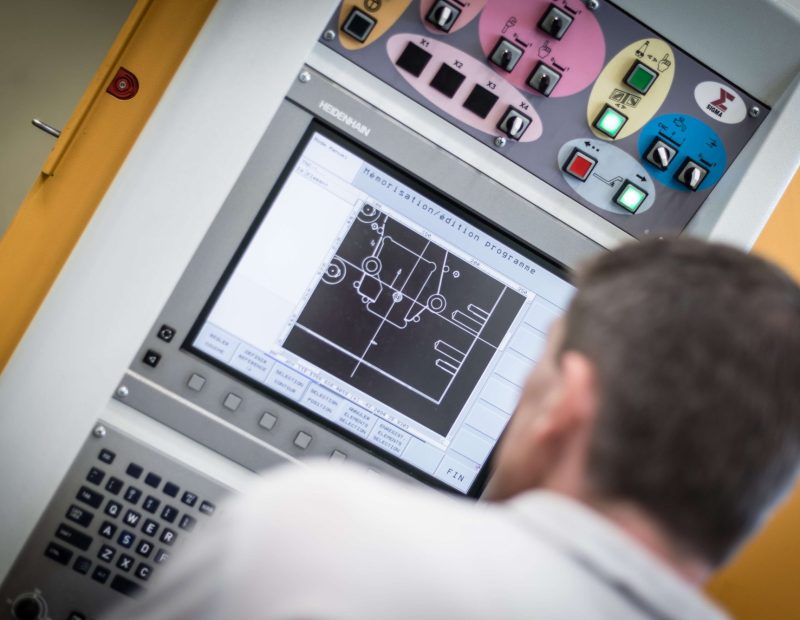
Applications of Stamping and Cutting
Stamping and cutting techniques are used in many industrial sectors. For example, in the automotive industry, they enable the manufacture of structural and aesthetic components with high precision. In aerospace, these techniques are crucial for producing lightweight but robust parts.
Automotive Industry
In the automotive industry, stamping and cutting are used to produce parts such as doors, body panels, and chassis components. These parts must meet strict safety and performance standards, making stamping and cutting indispensable for ensuring vehicle quality and reliability.
Aerospace
Aerospace also widely uses stamping and cutting to manufacture lightweight but strong structural components. For example, fuselages, wings, and engine elements are often made using these techniques. The precision of stamping and cutting meets the rigorous safety and performance requirements of the aerospace industry.
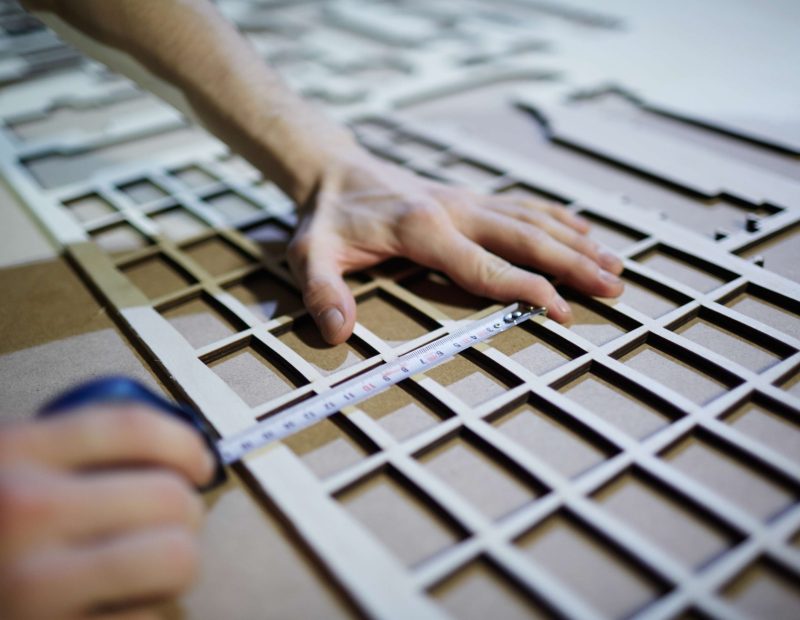
Advantages of Stamping and Cutting
Stamping and cutting offer many advantages, particularly in terms of precision, cost, and flexibility. Here are some of the main advantages:
- Precision: Modern cutting techniques, such as laser cutting, achieve very high levels of precision.
- Efficiency: The ability to produce large series of parts with consistent quality.
- Flexibility: Adaptability to a wide range of materials and shapes.
- Waste Reduction: Methods such as water jet cutting minimize material waste.
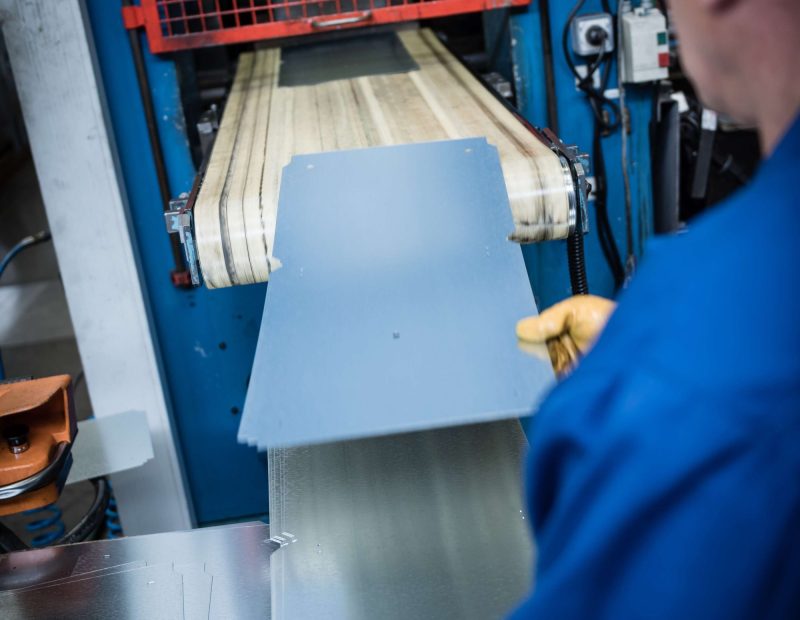
Materials Used in Stamping and Cutting
The materials used in stamping and cutting vary depending on the requirements of the final application. Here are some of the most commonly used materials:
Steel
Steel is a material of choice due to its strength and durability. It is often used in the automotive and construction industries. The most common types of steel for stamping and cutting include mild steel, stainless steel, and high-strength alloys.
Aluminum
Aluminum is appreciated for its lightness and corrosion resistance. It is widely used in aerospace and automotive industries, where weight reduction is crucial. Aluminum can be easily cut and stamped to create complex shapes with high precision.
Copper
Copper and its alloys, such as brass and bronze, are used for their excellent electrical and thermal properties. They are commonly used in electronics and electrical applications. Stamping and cutting these materials require special attention due to their malleability.
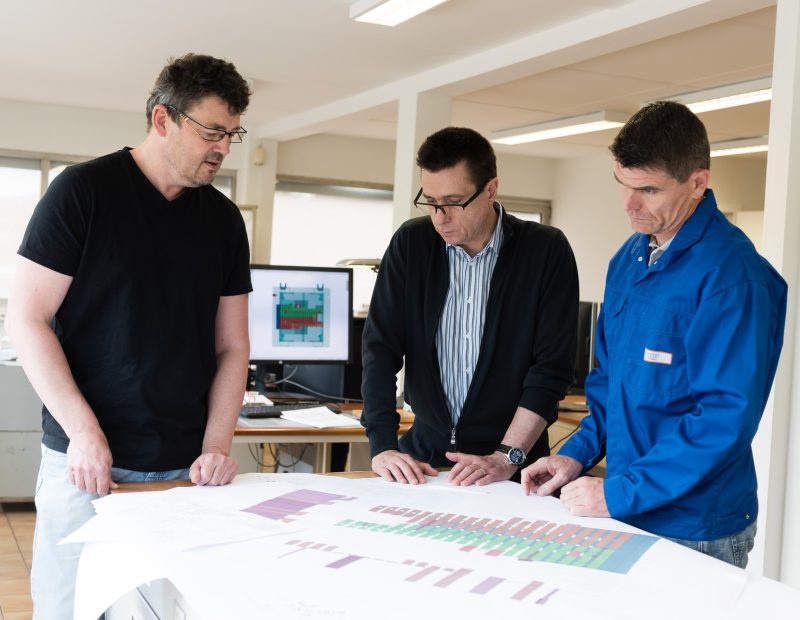
Recent Innovations in Stamping and Cutting
Technological evolution has led to significant innovations in the field of stamping and cutting. These advances improve precision, increase efficiency, and reduce costs.
Automation and Robotics
The integration of automation and robotics in stamping and cutting processes has increased productivity and reduced human errors. Robots can perform complex cuts with unmatched precision while increasing production speed.
Simulation Technology
Simulation software allows modeling and optimizing stamping and cutting processes before actual production. This reduces prototyping costs and allows identifying and resolving potential problems before they occur in production.
Ultra-High Precision Cutting
Ultra-high precision cutting technologies, such as femtosecond lasers, allow materials to be cut with microscopic precision. This opens up new possibilities in high-tech industries such as medical device and electronics manufacturing.
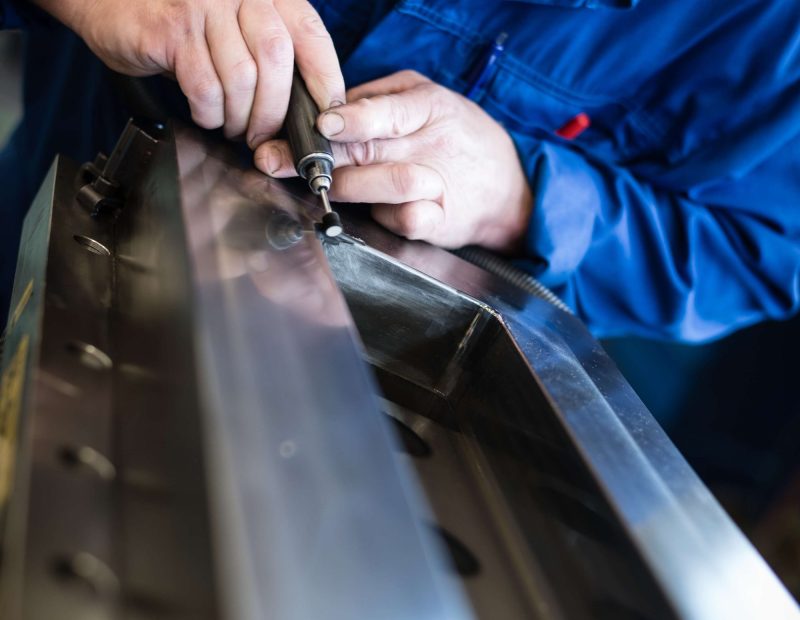
Stages of the Stamping and Cutting Process
The stamping and cutting process takes place in several key stages, each of which is essential to ensure the quality and precision of the final parts.
Design and Preparation
The first step involves designing the part and preparing the necessary materials. This includes creating technical drawings and selecting appropriate materials based on the application requirements.
Cutting
Cutting is the phase where the basic shape of the part is cut from the metal sheet. This stage uses various cutting techniques such as shearing, laser, or water jet according to the specific needs of the part.
Stamping
Stamping is the phase where the cut part is shaped into its final form. This stage uses dies and punches to apply forces that alter the shape of the part without breaking it.
Finishing and Inspection
The final stage includes finishing and inspecting the parts. This can include operations such as polishing, cleaning, and quality inspection to ensure the parts meet the required standards.
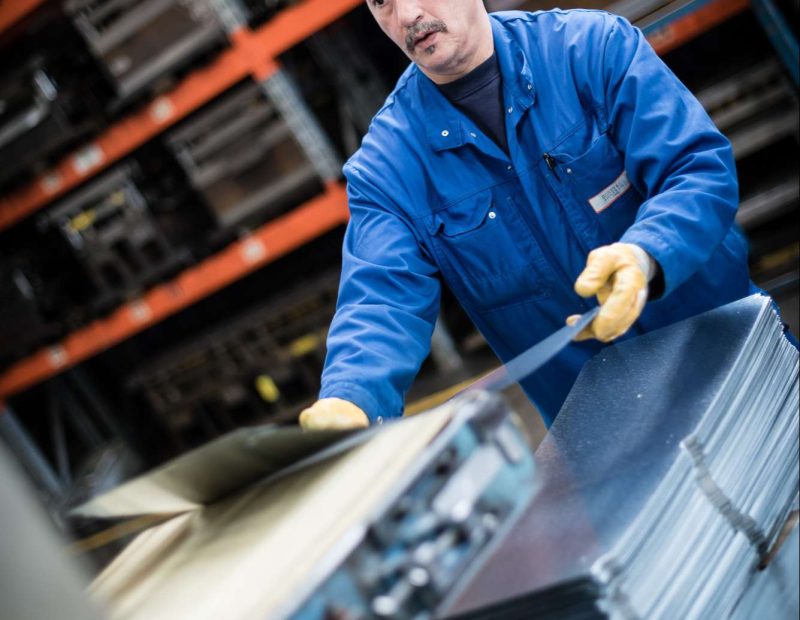
Common Challenges in Stamping and Cutting and Solutions
Despite its many advantages, stamping and cutting also present challenges. Here are some common challenges and solutions to overcome them:
Part Deformation
One of the most frequent problems is part deformation during the process. This can be due to poor die setup or excessive forces applied during stamping.
Solution: Use simulation software to optimize stamping and cutting parameters. Additionally, regular maintenance of dies and punches can prevent this type of problem.
Die Wear
Dies and punches undergo constant wear, which can affect the precision and quality of the produced parts.
Solution: Implement a preventive maintenance program to replace or repair worn tools before they cause quality issues. Using high-quality materials for dies can also extend their lifespan.
Waste Management
Managing material waste can be challenging, especially for companies looking to reduce their environmental impact.
Solution: Using cutting techniques like water jet cutting that generates less waste and recycling material scraps can help manage waste more effectively.
Quality Control
Maintaining consistent quality control is crucial to ensuring each part meets the required specifications.
Solution: Implement strict quality control procedures and use advanced measurement technologies such as industrial vision systems to inspect parts during production.
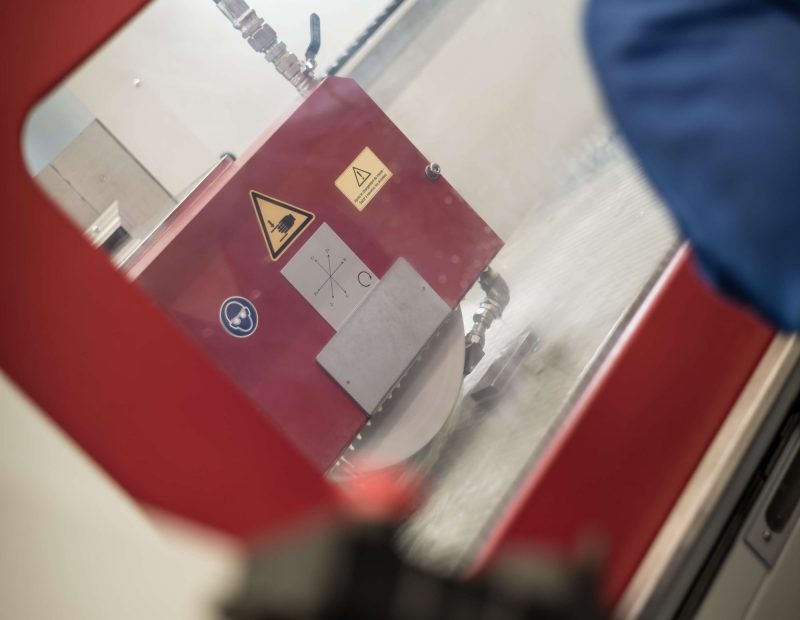
Case Studies: Successful Applications of Stamping and Cutting
Automotive Industry
In the automotive industry, stamping and cutting have enabled the production of lightweight and robust components, improving vehicle energy efficiency. For example, an automotive company succeeded in reducing vehicle weight by using advanced laser cutting techniques to produce aluminum body parts.
Aerospace
An aerospace company used stamping and cutting to manufacture ultra-light but strong fuselage components. By using aluminum alloys and water jet cutting techniques, it was able to reduce the total weight of its aircraft, thereby increasing energy efficiency.
Electronics
In the electronics industry, stamping and cutting are used to manufacture precise and complex components such as printed circuit board enclosures. An electronics company improved its production by integrating robots for stamping and cutting, thereby increasing precision and production speed.
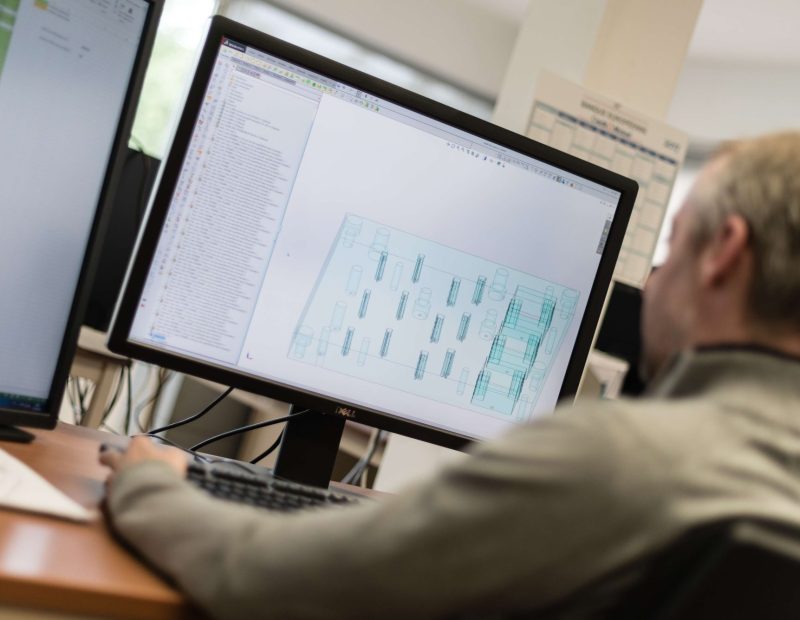
As a conclusion, stamping and cutting remain essential techniques in many industries, offering precise and efficient solutions for part manufacturing. Thanks to technological innovations and diverse materials, this method continues to evolve, meeting the growing needs of modern industries. Stamping and cutting play a crucial role in improving the quality and efficiency of manufacturing processes. By adopting the latest technologies and optimizing existing methods, companies can overcome common challenges and maximize the benefits of this technique.
A certified quality partner
for the overall management of your projects
Comprehensive solution
From the prototype to the delivery of series parts to the client
Tailored production
Medium and large series
50 years of experience
30 people at your service - recognised know-how and expertise
Certified quality
Certification according to ISO 9001 and IATF 16949
